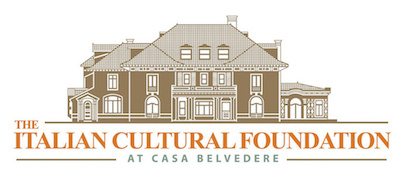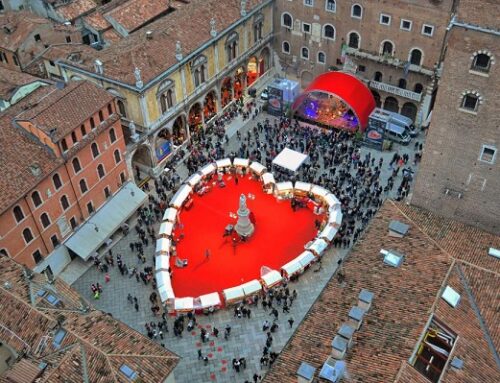By Gina Biancardi
Whether you’re of Italian origin or not, if you grew up in an Italian neighborhood, you know that Italians have lots of traditions, favorite dishes and coveted recipes for every special occasion, birthday, holiday, Saints Day, etc.
Every March 19th is the Feast of Saint Joseph, as in “Jesus, Mary and Joseph.” Not a lot is known about St. Joseph. He’s the strong, silent type in the New Testament, revered for being dutiful, hardworking, and dedicated to his family.
The carpenter, noble spirited, putative father of Jesus has since become a figurehead for fatherhood, and his feast day is celebrated in Italy as Father’s Day. The day is marked by a variety of folkloristic traditions and food, of course, plays an important part of the day all over the country.
One of the most popular traditions of St Joseph Day is to set the Tavola di San Giuseppe, or the Table of Saint Joseph. It is customary to set the table on the evening of March 18 with pasta, vegetables, fresh fish, eggs, pastries, fruit and wine, and to invite the poor into your home to eat.
Since the day falls during Lent, the dishes are all meatless (at least by the Catholic definition, which doesn’t count fish as meat.) Though the dishes vary from region to region, they often include fava beans, which were one of the few crops that flourished during a serious Sicilian drought in the Middle Ages; breadcrumbs to represent sawdust (Joseph taught Jesus the carpenter’s trade); and various breads and pastas – Pasta con Sarde” being one of the most popular.
Also, St Joseph’s day has a strong significance for Sicilians who attribute help from St. Joseph for saving them from the drought. Sicilians set up their St. Joseph’s table to look more like altars laden with special foods, flowers, and devotional objects to give thanks for the help the saint gave during the drought, and for individual prayers the celebrants believe he has answered, such as bringing a loved one home from war.
The second most celebrated St Joseph’s day tradition is the special pastry that emerges a couple of weeks before the feast day and then disappears until the following year: the Zeppole di San Giuseppe. And, not surprisingly, every region in Italy has a variant of the recipe.
If in Salento, Apulia, zeppole are traditionally fried in lard, and made with water, lard, salt, flour, grated lemons and eggs. In Reggio Calabria, ricotta cheese and cinnamon are also added, and they are shaped differently.
In Rome, they are called bigne’ and you’ll see them served plain with only a dusting of sugar. But in Naples, they are filled with vanilla cream or custard and they call them zeppoli.
The Sicilian version is a fluffy batter squeezed through a pastry tube into a circle, fried in oil, then filled with sweet ricotta cream cheese before getting a generous dusting of confectioners’ sugar and a cherry on top. Those are called Sfinge di San Giuseppe.
If you take the time to make any of these region-specific St Joseph’s pastries, you will surely agree that they are nothing short of heavenly. Or get yourself to Arthur Avenue in the Bronx for an authentic taste of each of the pastries.
Maybe because I’m a “campagnola” (from the provinces of Avellino and Salerno), my favorite is the Napolitano version, the Zeppoli di San Giuseppe.
The Italian Cultural Foundation at Casa Belvedere is a not-for-profit organization that celebrates everything Italian by sharing stories such as this, and offering exceptional public programs: Language and cooking classes; art and photo exhibits; film festivals; opera luncheons and casino nights; Italian car shows and fashion shows; live concerts and theatrical performances; guest chef experiences and wine tastings; bocce and bingo (tombola); and much more. Casa Belvedere (house with a beautiful view) has established itself as a vibrant and buzzing cultural center in New York City. For more information, visit casa-belvedere.org.






